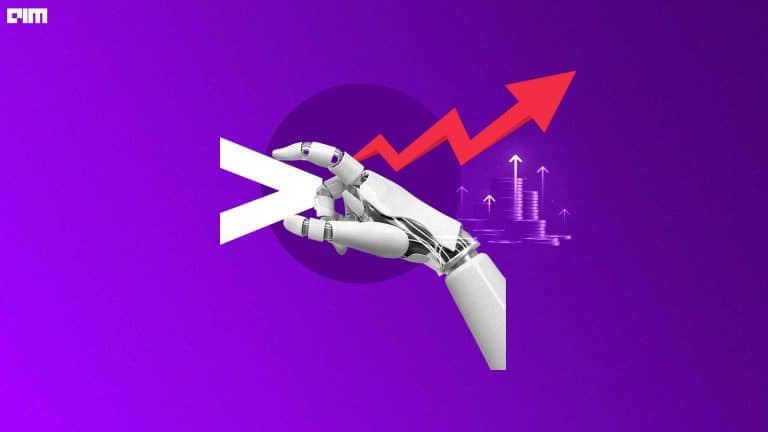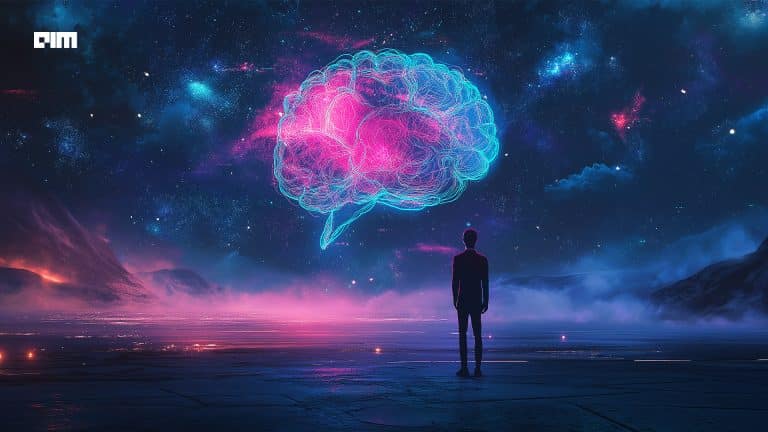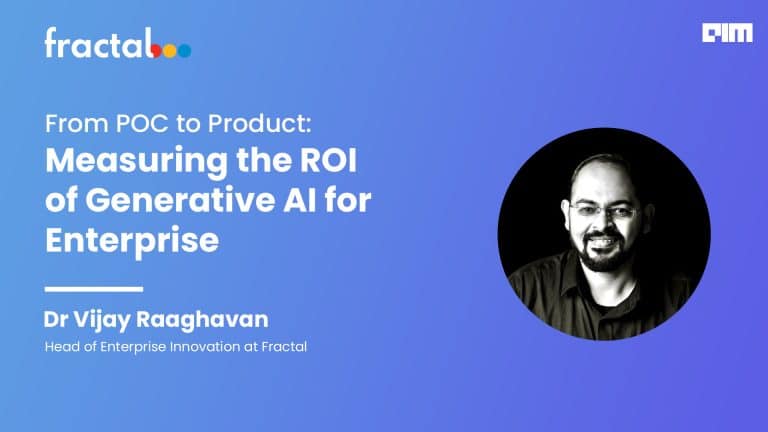The constant availability of AI tools, ready to answer questions round the clock, has truly made life easier. In fact, with the advent of models like ChatGPT, Perplexity, Claude and DeepSeek, AI is already at the cusp of becoming an integral part of the modern human lifestyle.
These models already have a profound impact, often in ways users may not fully realise. Beyond their day-to-day utility, each prompt processed by AI consumes energy, water and resources that are vital for survival.
Mike Schroepfer, founder of Gigascale Capital and former CTO of Meta, argued that energy is the critical bottleneck hindering the widespread adoption and advancement of AI.
In a recent podcast interview, Schroepfer highlighted the urgent need to scale energy production to democratise access to AI globally and explored the intricate relationship between AI and climate change.
He proposed using nuclear fusion energy as a solution. “If you wanted to multiply the power grid in the United States by five times and power all of it with fusion, one supertanker could fuel the entire US for a year.”
5x More Power Needed Even Without AI
Schroepfer, who spent nine years leading technical teams at Facebook, now invests in companies using technology to combat climate change. He emphasised that the surge in AI development and deployment places demands on energy infrastructure.
He pointed out that even without AI, the United States needs about five times the existing power grid by 2050 to reach all its goals.
Considering the power consumption of individual AI agents and then extrapolating that across billions of users. The numbers quickly become concerning, underscoring the scale of the energy challenge that lies ahead.
Similarly, in terms of water usage, a 2023 study found that ChatGPT consumed 0.5 litres of water during each lengthy conversation with a user. When applied to millions of daily users across all AI systems and LLMs, the total water consumption becomes significant.
Another 2027 projection showed that the world’s demand for AI would lead to large amounts of water withdrawal—freshwater taken from the ground or surface water sources, either temporarily or permanently.
This demand, however, presents a unique opportunity to accelerate the adoption of innovative and sustainable energy solutions.
80% of New Energy in the US is Solar
Solar energy is already making significant contributions in various parts of the world, including the US and India.
India’s solar energy sector is motivated by PM Surya Ghar: Muft Bijli Yojana, the world’s largest rooftop solar initiative, which aims to bring solar power to one crore households by March 2027.
As installations rapidly increase, with over 10 lakh installations expected by the end of this month, the numbers are expected to double by October this year, reach 40 lakhs by March 2026, and ultimately achieve the target of one crore.
According to Schroepfe, solar energy has been widely adopted in the US, which most people don’t know about. “80% of the new energy on the grid in the US in 2024 is solar, utility-grade solar.”
Regardless, it still has its limitations. Schroepfe said solar works 25% of the time, and it doesn’t work at night or in cloudy conditions, which causes a “time-balance mismatch”. This makes it necessary to explore alternative solutions for continuous power supply.
While Schroepfe expresses that solar power’s cost-effectiveness makes it an attractive option for expanding energy capacity in the US, it still remains an expensive mode of energy generation in countries like India.

Another technique to investigate is nuclear fusion—the same reaction that happens at the centre of the Sun. Globally, government labs and companies are racing to generate power from fusion.
As per reports, even China has joined the nuclear fusion race, with an estimated budget of $1.5 billion.
Other interesting projects also include offshore compute platforms that harness wave energy while simultaneously providing cooling for data centres.
Moreover, in an interview with AIM, Ann Dunkin, former chief information officer at the US energy department, shared insights into how India can balance AI growth with sustainable energy solutions using renewable energy.
She spoke about the ‘all-of-the-above energy policy’ that revolves around wind, geothermal, solar, clean hydrogen, and nuclear power.
Hyperscalers Move to Nuclear
“Most of the hyperscalers have announced purchase agreements for power for either existing or new nuclear power plants,” Schroepfer said.
He believes that market forces are the most effective driver for scaling and deploying these technologies. He notes that the AI sector’s demand for reliable and affordable energy creates strong incentives for energy companies to innovate and expand their capabilities.
Hyperscalers, who recognise that energy is now as important as data, computation, and algorithms, are already entering into power purchase agreements with both existing and next-generation power plants.
Just as the declining cost of computing power enabled the rise of the internet and mobile technologies, a similar revolution in energy could unlock a wave of innovation across various sectors.
AI Could Help
According to the World Economic Forum, AI-driven energy efficiency measures and smart grid technologies could generate up to $1.3 trillion in economic value by 2030.
Furthermore, AI has the potential to reduce global greenhouse gas (GHG) emissions by 5-10%, which is equivalent to the annual emissions of the entire European Union.
AI could help manage grid challenges by simulating scenarios and finding the best ways to balance renewable energy fluctuations.
In an earlier interview with AIM, Shantanu Som, Asia executive engineering leader at GE Vernova, explained how cutting-edge tools could transform the way we keep power systems running reliably and efficiently.
This included predictive maintenance, solving with parity, generative AI, diagnostics, and troubleshooting.
Last year, it was proposed that AI could help solve the problem faced by the biggest magnetic fusion facility in the US just by using deep reinforcement learning, according to research published in February 2024.
As the world chases a development in achieving artificial general intelligence (AGI), Schroepfer believes while AI can be a tool for solving climate change, relying solely on AGI being an answer to anything is not sufficient.






























